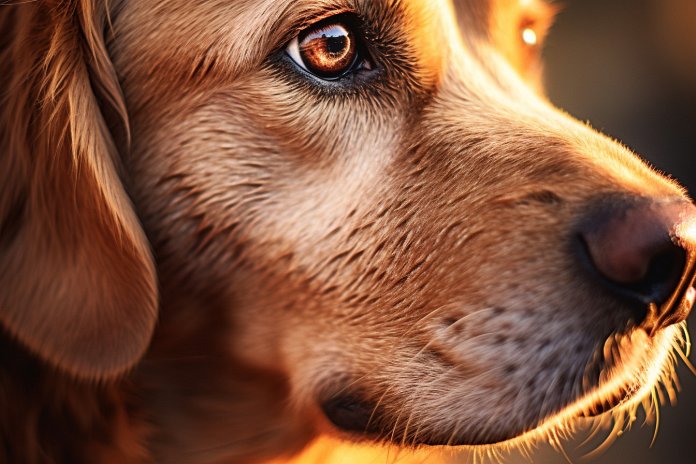
Dogs have an incredible sense of smell and are being trained to sniff out cancer in humans. This involves detecting unique smells produced by volatile organic compounds in bodily fluids. Dogs can potentially provide early-stage detection of various cancers, and studies are being conducted to explore this further.
Signs of Dogs Sniffing Cancer
Professionally trained cancer-sniffing dogs show signs such as wagging tails, excited body language, and intense focus when they detect interesting scents. They ignore distractions and use their noses to track and identify the odor. These dogs are trained to give indications when they find a blood or urine sample.
Body Language
Watch for signs of interesting scents in your own dog, such as alertness, tail wagging, sniffing, head turning, and raising a paw. Other signs include intense focus, nose to the ground or in the air, and moving to track the scent.
The History of Dogs Sniffing Out Cancer
Since ancient times, it has been known that different diseases have unique smells. Dogs have been observed alerting their owners to cancer, and the idea of using dogs for cancer diagnosis was suggested in 1989. Studies in the 21st century have shown that dogs can detect various types of cancer and potentially provide early-stage diagnosis.
The Science Behind Cancer-Sniffing Dogs
Dogs can detect cancer with remarkable accuracy, even at very small concentrations of odors. Studies have shown that dogs can detect prostate cancer in urine, smell prostate cancer with 98 percent accuracy, detect ovarian cancer in blood plasma, and identify lung and breast cancer based on breath samples.
Training Your Dog to Detect Specific Smells
You can train your dog to detect specific smells by associating the odor with a reward, such as treats or playtime. You can then encourage them to search for hidden odors in increasingly difficult hiding places. This is a fun and rewarding way to engage your dog’s powerful sense of smell.
Conclusion
Dogs have the ability to sniff out cancer and potentially provide early-stage detection. Their incredible sense of smell allows them to detect unique odors produced by cancerous cells. Training your dog to detect specific smells can be a fun activity and put their sense of smell to good use.
“Dogs’ acute sense of smell, capable of detecting odors down to one part per trillion, has shown promising results in detecting various forms of cancer in early stages. This remarkable ability could potentially revolutionize early-stage cancer diagnosis and save countless lives.”

Tips & Things to Know
1️⃣ Dogs have a powerful sense of smell that can be trained to detect cancer by associating the scent with a reward. They can potentially provide early detection of various cancers by identifying unique odors produced by cancerous cells.
2️⃣ Look out for signs of your dog detecting interesting scents, such as tail wagging, sniffing, intense focus, and tracking the scent. They may also display behaviors like alertness, head turning, and raising a paw.
3️⃣ Training your dog to sniff out specific smells can be a fun and rewarding activity. Start by hiding the odor in simple places and gradually increase the difficulty of the hiding places. This will not only engage your dog’s sense of smell, but could also potentially aid in early cancer detection.
Frequently Asked Questions, Answered ✅
1. How do dogs detect cancer in humans?
Dogs detect cancer in humans by sniffing out unique smells produced by volatile organic compounds in bodily fluids.
2. What are the signs that a professionally trained cancer-sniffing dog has detected interesting scents?
Professionally trained cancer-sniffing dogs show signs such as wagging tails, excited body language, and intense focus when they detect interesting scents.
3. Can regular pet dogs also detect cancer in humans?
Regular pet dogs can potentially detect cancer in humans if they show signs of alertness, tail wagging, sniffing, head turning, and raising a paw when exposed to interesting scents.
4. How long has the idea of using dogs for cancer diagnosis been around?
The idea of using dogs for cancer diagnosis was suggested in 1989, but the observation of dogs alerting their owners to cancer dates back to ancient times.
5. What types of cancer can dogs detect and with what accuracy?
Dogs can detect prostate cancer in urine with 98 percent accuracy, detect ovarian cancer in blood plasma, and identify lung and breast cancer based on breath samples.